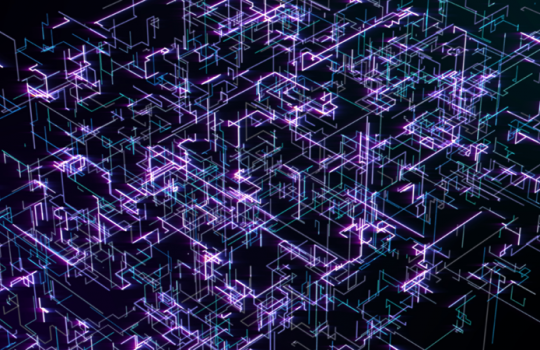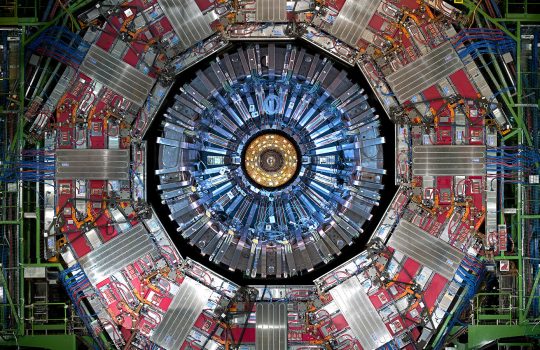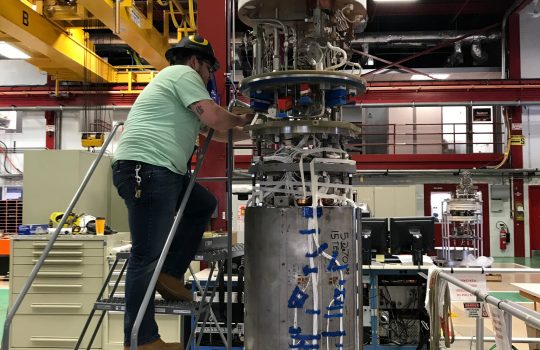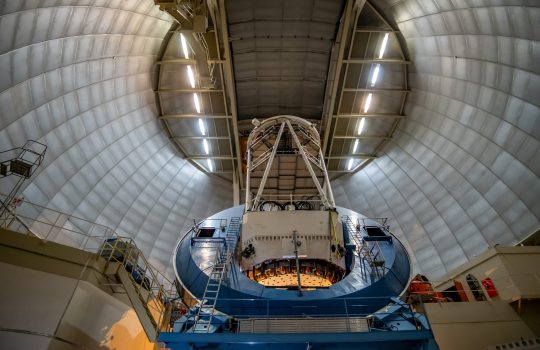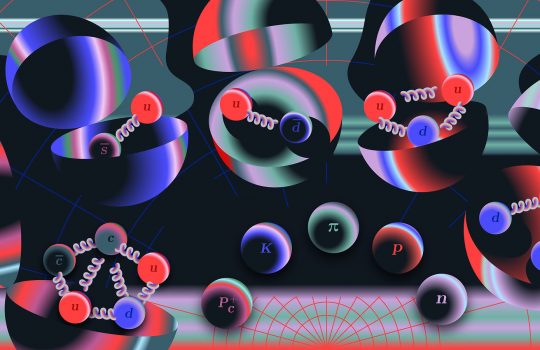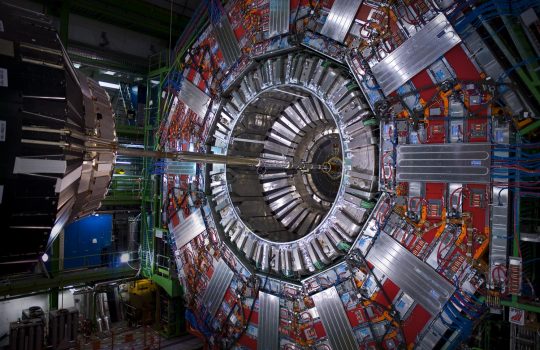U.S. Department of Energy unveils blueprint for the quantum internet at ‘Launch to the Future: Quantum Internet’ event
- Argonne
- Argonne National Laboratory
- Department of Energy
- DOE
- Illinois
- quantum communication
- quantum information science
- quantum internet
- quantum science
- University of Chicago
The U.S. Department of Energy unveils a report that lays out a blueprint strategy for the development of a national quantum internet, bringing the United States to the forefront of the global quantum race and ushering in a new era of communications. This report provides a pathway to ensure the development of the National Quantum Initiative Act.

